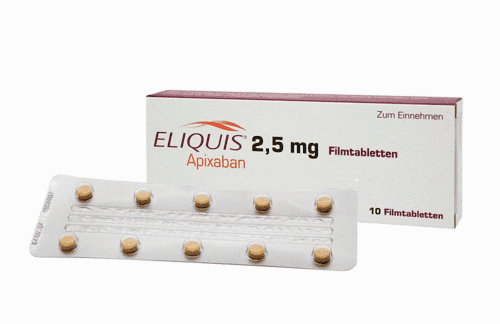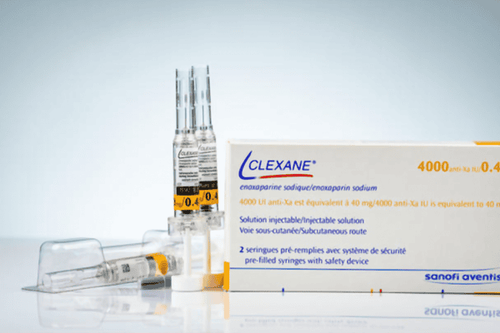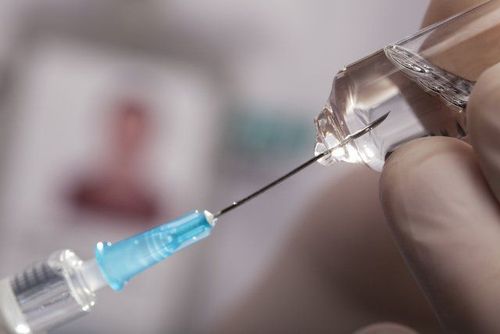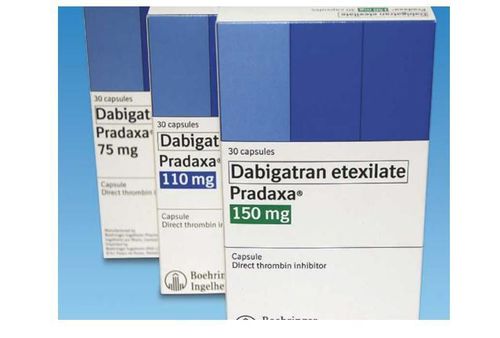This is an automatically translated article.
Betrixaban is indicated in the treatment and prevention of venous thromboembolism in patients with acute medical conditions requiring hospitalization and in people with limited mobility at risk of pulmonary embolism.
1. What disease does Betrixaban treat?
Betrixaban belongs to the group of drugs that prevent venous thrombosis. The drug inhibits thrombin formation but does not directly affect platelet aggregation.
Betrixaban is made in the form of capsules with the strength of 40mg, 80mg and is indicated in the treatment and prevention in people at risk of venous thromboembolism due to:
Acute medical diseases; Mobility restriction (moderate to severe) with associated pulmonary embolism risk factors.
2. How to use and dosage of Betrixaban
Betrixaban is taken orally. Recommended dosage is:
Initial dose: 160mg/time/day; Next dose: 80mg/time/day; Recommended duration of treatment: 35 - 42 days. Depending on the subject, the dose of Betrixaban is also adjusted differently as follows:
Co-administration with P-gp inhibitors: Initial dose 80mg/time/day, used only once. The next dose is 40mg / time / day, used for 35 - 42 days. Betrixaban should not be used in patients with severe renal impairment. Patients with renal impairment: No dose adjustment of Betrixaban is required in patients with mild and moderate renal impairment (CrCl clearance greater than 30 mL/min. In patients with severe renal impairment (CrCl clearance greater than 15 mL/min). - 30ml/min), the initial dose is 80mg/time/day, a single dose, followed by 40mg/time/day for 35-42 days Patients with hepatic impairment: No dose adjustment is required. Betrixaban should not be used in patients with mild hepatic impairment In patients with moderate to severe hepatic impairment, it should not be used because of possible clotting problems.
3. Betrixaban side effects
Betrixaban can cause some unwanted side effects such as nosebleeds, heavy bleeding, gastrointestinal bleeding, blood in the urine. Betrixaban rarely causes intracranial bleeding or major bleeding leading to death.
If there are any strange symptoms after taking the drug, the patient should immediately notify the doctor or go to the medical facility soon for examination and treatment.
4. Some notes when using Betrixaban drug
Betrixaban should not be used in people who are allergic or hypersensitivity to the drug's components, who have advanced pathological bleeding; People with prosthetic heart valves and children should not take Betrixaban because safety and efficacy have not been established; In patients undergoing lumbar puncture or neuropsychiatric anaesthesia, the use of Betrixaban may cause extradural or epidural hematomas and lead to prolonged or lifelong paralysis. During the use of Betrixaban, the patient should be monitored for signs of neurological impairment (if any) such as numbness in the legs, weakness in the legs, etc. Urgent treatment may be indicated if the patient is injured. and consider benefits as well as risks when deciding to conduct neurological intervention for patients on anticoagulation therapy. Before 72 hours after the last dose of Betrixaban, the epidural catheter should not be removed and 5 hours after the catheter removal should not be administered the next dose. Postpone the use of Betrixaban if the patient has an injury. If Betrixaban is used together with non-steroidal anticoagulants, platelet inhibitors, and non-steroidal anti-inflammatory drugs, it may affect the hemostasis process. People with a history of surgery or spinal deformities, spinal cord puncture, dura or trauma should be warned when using Betrixaban. Betrixaban should be used with caution in patients under general anesthesia because it can cause paralysis. Betrixaban should be used with caution in patients with severe renal impairment because it increases the risk of bleeding. Pregnant and lactating women should only use Betrixaban if absolutely necessary. In addition, the benefits of treatment for the mother must be carefully weighed against the risks and effects on the fetus as well as the neonate. Betrixaban seriously interacts with the drugs Apixaban, Rivaroxaban, Edoxaban, Erdafitinib, Fondaparinux, Lasmiditan, altering the drug's ability to work as well as increasing the risk of side effects. Therefore, the patient needs to provide the doctor with a list of medications that have been and are currently taking. In summary, the effect of Betrixaban is to block the formation of thrombin but does not directly affect platelet aggregation. Therefore, Betrixaban is indicated for the prevention of venous thromboembolism in patients with acute medical illness requiring hospitalization and limitation of movement with associated risk of pulmonary embolism.
Please dial HOTLINE for more information or register for an appointment HERE. Download MyVinmec app to make appointments faster and to manage your bookings easily.













